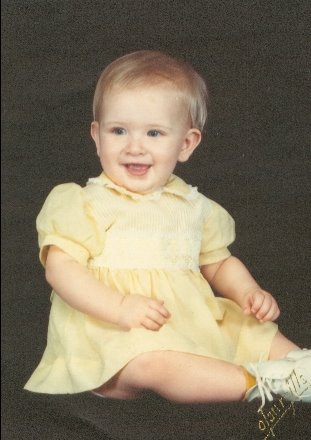De Saint-Exupéry, Antoine (English translation copyright 2000 by Richard Howard). The Little Prince. Orlando: Harcourt. ISBN 0156012073.
The Little Prince is a tale told by a pilot whose plane has crash landed in the desert. While he is fixing his plane, he hears a little voice commanding him to “draw me a sheep.” Since the pilot long ago gave up his hobby of drawing, it takes him several tries to get the sheep right—in the end being a simple box with holes in it so that the sheep can live protected from harm and from running away. The Little Prince tells the pilot his tale of woe of how he, too, crash landed on our planet, having left his own home elsewhere in the cosmos—Asteroid B-612—essentially on a tour of the universe. He went from planet to planet, meeting various people including a man taking inventory of all the stars in the universe, a man whose sole purpose was to constantly light and extinguish a lamp (though, since his planet was so small, he has scarcely lit the lamp when the sun rose again and he had to extinguish it), a planet barely much bigger than a throne upon which sat a king who only wanted someone to rule over and then finally onto a seventh planet, Earth. During his stay here, he had traveled far and wide, met a fox who he had tamed as a friend, and stumbled upon a rose garden. It was there that he discovered that the flower he had left behind on his own planet, a flower who had told him she was one of a kind, was just like all the other flowers on this planet. Even though he found this discovery disappointing, it still made him very homesick—he wanted to return to his asteroid and take care of his flower no matter how much trouble she was. In the end, the Little Prince leaves our planet, but not before the pilot is very attached to him and his strange stories and ways. The Prince chastises the pilot for seeking out and following him through the desert because, in his parting, “I’ll look as if I’m dead, and that won’t be true…You understand. It’s too far. I can’t take this body with me. It’s too heavy.” And with a reminder that the Little Prince will think of the pilot every time he sees a star—just as the pilot will think of the Little Prince every time he sees the blonde sand that reminds him of the Little Prince’s hair—the Prince “fell gently, the way a tree falls. There wasn’t even a sound, because of the sand.”
What a cryptic, but emotionally rich story. The book, author-illustrated, is a classic “picture” book in France, read to children of all ages. However, its content reads like a novel, full of symbolism and mystery. This book is almost Biblical in its openness to interpretation because the representation of the characters and situations depend almost entirely on the reader. This is an example of the interpretation being in the reader’s hand, not in the storyteller’s purpose. Is the Little Prince a symbol of our youth, to whom we must say goodbye in the end, to allow him to go back and comfort and nurture our sensitive (feminine?) side represented by the unique flower left on the asteroid? Or is he a representation of every relationship we have in life? That all relationships have a beginning, middle and end—in which we “tame” one another and become dependent, but ultimately must say goodbye (whether because we outgrow one another, must move on, or feel the need to return to our beginnings)?
There are VOLUMES written about how to interpret this book. As I mentioned, it can be read to smaller children as a picture book and simply be the story of a little boy and the people he meets as he wanders the universe. It could be a story about homesickness even in spite of meeting exciting and engaging new friends. Or for older children, it could be the tale of just how much we appreciate what we’ve left as soon as we have something else with which to compare it (as was the case for me upon arriving in France). The book was written by Saint-Exupery while he was living in the United States for two years, so perhaps older children could see the relevance of the symbols with regard to the author’s circumstances. No matter how it is used, this book is sold, read and cherished the world over by children of every age (even those gray ages).
In the way of cultural markings, this book may be nearly devoid thereof. The book has been translated (and is a best seller) in over 160 languages. Maybe because the book is so “other worldly” it transcends culture boundaries (that’s the only explanation I can offer).
Reviews (per Amazon.com):
School Library Journal:
Grade 2-6-Antoine de Saint-Exupery's classic allegory is presented with the original whimsical watercolor drawings and animation accompanying the translated text. The story will delight young readers, and its meaning will stimulate thinking for older ones.
Subscribe to:
Post Comments (Atom)

No comments:
Post a Comment